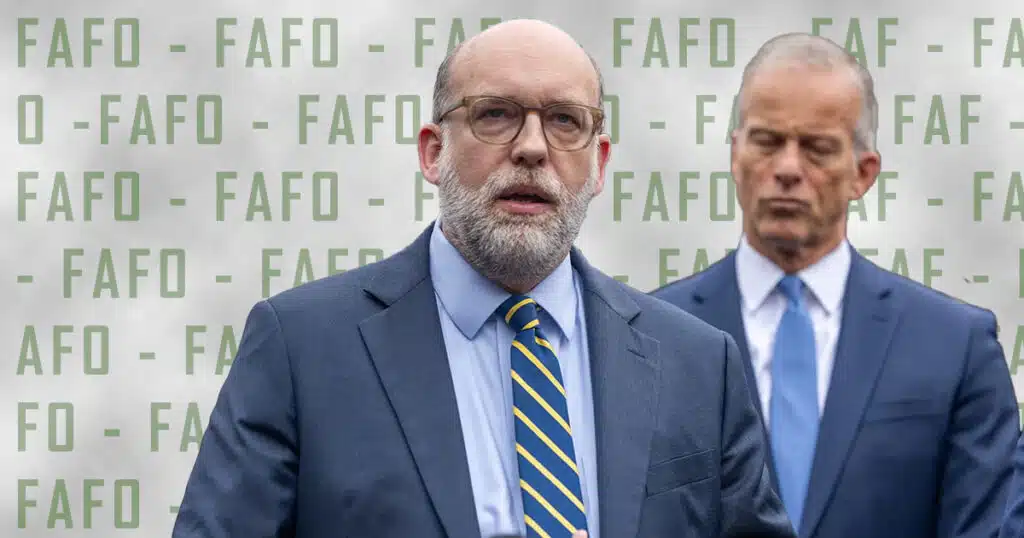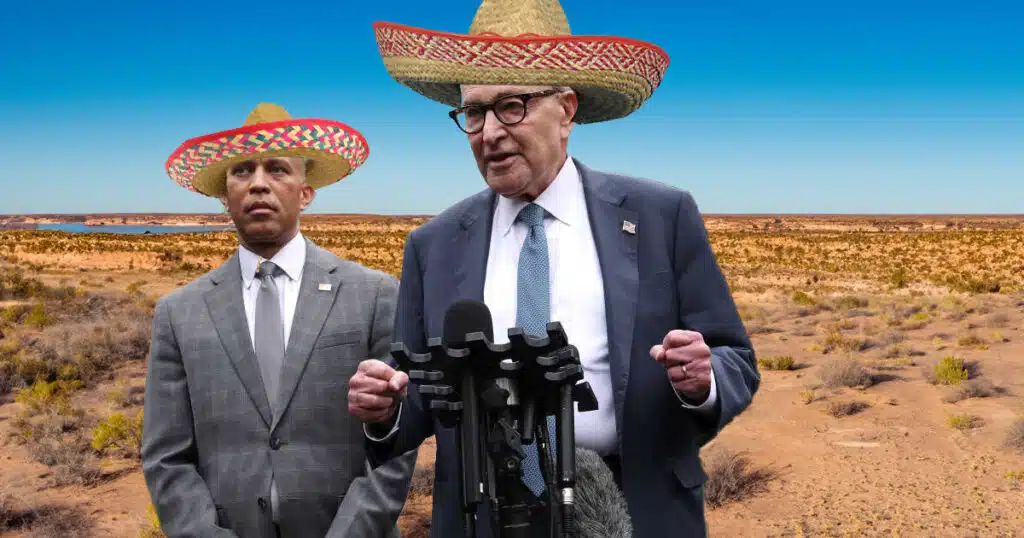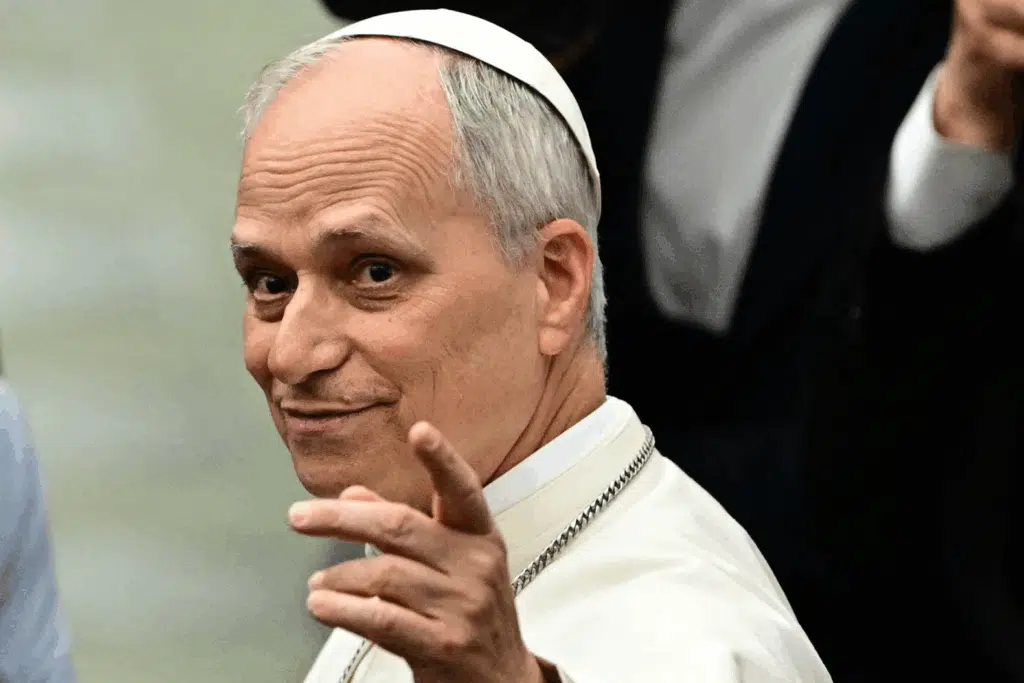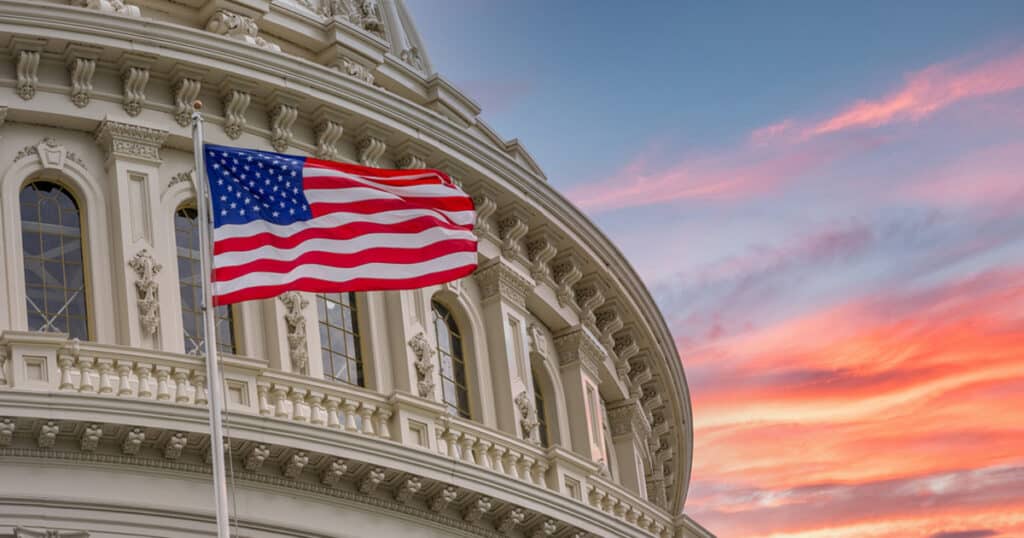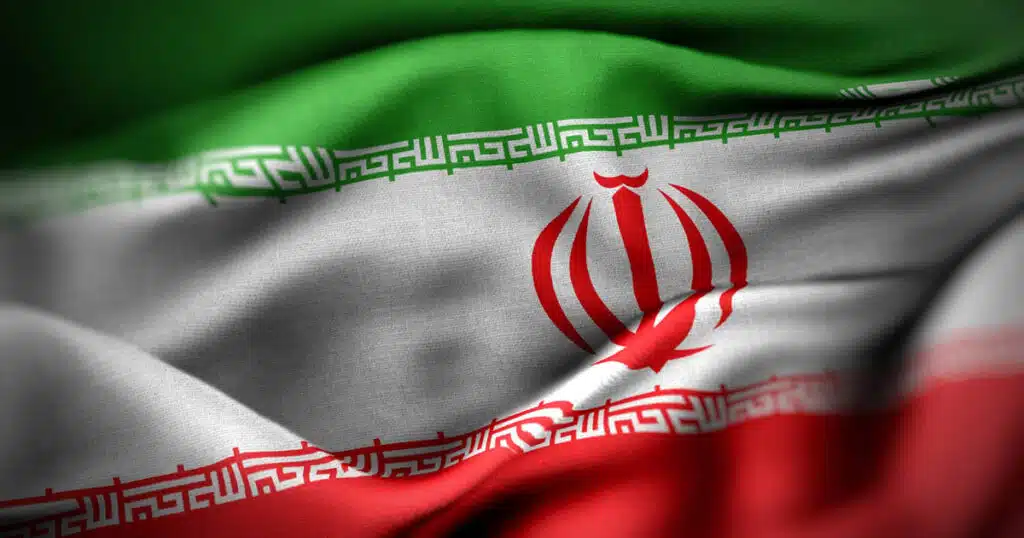
The Iranian People Want Regime Change- Now
In the past week alone, Iran has witnessed an extraordinary wave of labor unrest and civil disobedience. Truck drivers in over 100 cities have launched coordinated strikes. Bakeries and shoe stores have shuttered in protest. Retired workers, teachers, nurses, and civil servants have poured into the streets to demand economic justice and dignity. What we are seeing is no longer isolated dissatisfaction—it is the convergence of class-based grievances and political dissent, laying the groundwork for potential revolutionary change.
This latest surge of strikes and protests could mark a pivotal turning point. These movements are not just economic in nature; they are deeply rooted in the structural crises that afflict the Islamic Republic and affect more than 90 percent of the population. While demonstrators may initially chant about inflation, unpaid wages, and poor working conditions, their underlying message is clear: they do not believe the Islamic regime can or will resolve these issues. Beneath these demands lies a growing consensus: the solution is a regime change.
A Nation in Crisis
Iran is grappling with multiple overlapping crises, each of which adds pressure to an already brittle political system. Among the most severe are:
- Crisis of Identity: A growing number of Iranians reject the regime’s religious identity in favor of a national identity rooted in Iranian thousand years of history, culture, and secularism. Many see the Islamic Republic as an imposed, foreign entity—a regime that is Islamic but not Iranian.
- Crisis of Legitimacy: The Islamic Republic has lost the trust of its people. Decades of corruption, repression, and failed promises have eroded its moral and political authority. Calls for a secular democracy are no longer confined to the margins—they are becoming mainstream.
- Crisis of Economy: Decades of mismanagement, sanctions, and isolation have devastated Iran’s economy. Inflation is rampant, unemployment is high, and essential services are crumbling. Even educated professionals now struggle to survive.
- Crisis of Foreign Policy: Iranians increasingly support peaceful relations with neighbors, Europe, and the United States. They are weary of the regime’s belligerence, which has isolated Iran from the global economy and blocked development.
- Crisis of Governance: The regime has failed to provide competent or transparent governance. Elections are neither free nor fair, and real power rests with unelected clerics and the Revolutionary Guard.
- Crisis of Environment: Environmental degradation—from dried-up lakes and rivers to deforestation and water shortages—has become a national emergency. The government’s inaction and incompetence are threatening lives and livelihoods.
- Crisis of Generational Change: A new generation of Iranians is politically conscious, digitally connected, and globally aware. They are not willing to inherit a system rooted in 1979. They demand freedom, equality, and a future that aligns with their aspirations.
- Crisis of Gender Apartheid: Iranian women, long at the forefront of resistance, continue to challenge laws and norms that treat them as second-class citizens. The “Woman, Life, Freedom” movement has redefined what resistance looks like—resilient, intersectional, and deeply democratic.
- Crisis of Religious Rule: Even among the devout, there is growing disillusionment with clerical rule. Many Iranians now see political Islam as a failed experiment that has only delivered corruption, repression, and poverty.
A Dangerous Moment for the Regime
Supreme Leader Ali Khamenei reportedly views this movement as more threatening than an Israeli military strike. He is right to be concerned. The regime’s strategy of violent suppression—arrests, executions, and internet blackouts—may delay the inevitable, but it cannot stop a population that is no longer afraid.
When workers, women, youth, intellectuals, and the middle class all begin to act in concert, history shows us that revolutions are not only possible—they are probable.
What Should the United States Do?
The United States has both a strategic and moral stake in the future of Iran. If a new revolution is underway—as growing evidence suggests—U.S. policymakers must be prepared. They should:
- Maintain Pressure on the Regime: Complete dismantlement of the nuclear program. Continue targeted sanctions on regime leaders and entities responsible for repression.
- Support Civil Society: Provide resources to Iranian human rights defenders, journalists, women’s organizations, and independent unions through trusted international partners.
- Amplify Iranian Voices: Ensure platforms for exiled Iranian intellectuals, activists, and diaspora media to reach wider audiences.
A Tipping Point
Iran stands at a historic crossroads. What may begin as scattered labor strikes and economic protests can rapidly evolve into a broad-based, nationwide uprising. The call for regime change is no longer whispered—it is being chanted in the streets.
The making of a new Iranian revolution may already be underway. The world—and especially the United States—must be ready.
Dr. Fariba Parsa holds a Ph.D. in social science, specializing in Iranian politics with a focus on political Islam, democracy, and human rights. She is the author of Fighting for Change in Iran: The Women, Life, Freedom Philosophy against Political Islam. Dr. Parsa is also the founder and president of Women’s E-Learning in Leadership (WELL), a nonprofit organization dedicated to empowering women in Iran and Afghanistan through online leadership education and training.
This article was originally published by RealClearDefense and made available via RealClearWire.
